October 26, 2017
 by Dr. Bill Hudson, Head of School
by Dr. Bill Hudson, Head of School
I am having a hard time finding balance these days. I think I am pretty good at the work-home balance, but achieving a physical balance is another matter. This week, I broke a bone in my foot and one in my ankle while on an afternoon run. Even with crutches, maintaining a balance is a challenge.
Maintaining balance and achieving well-being seem to be increasingly difficult in today’s society. It is challenging for adults and even more so for our children. It is well documented that anxiety and depression are on the rise for our young people. There are a number of reasons that can be attributed to this growing problem. The pressure of academic achievement, the drive for perfection, homework, and worries about getting into the “right” college can make it difficult for young people to find balance. Social media is also partly to blame. While the data is not yet conclusive, researchers believe the use of social media and smartphones appear to be culpable for the increase in teen mental health. (Jean Twenge, “Have Smartphones Destroyed a Generation?” The Atlantic, Sept. 2017)
Many years ago, MPA initiated a very unique and innovative marketing campaign. One of the taglines was “Competition belongs in the boardroom, not the classroom.” I think it speaks to one of the most distinctive attributes of MPA. Students work hard at achieving good grades, but not at the expense of their relationships with one another and with their teachers. We have a collaborative environment where students support one another and work to achieve their personal best, not to beat their classmates.
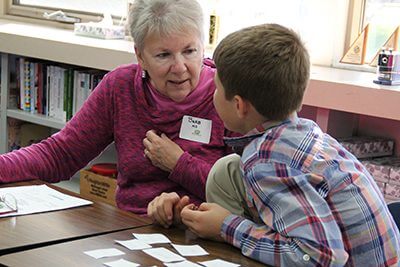
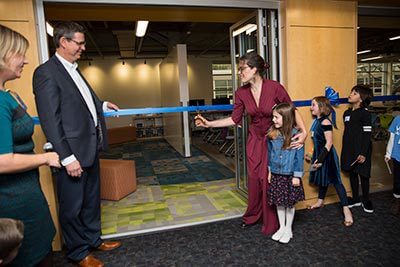 by Dr. Bill Hudson, Head of School
by Dr. Bill Hudson, Head of School The parental end-goal with respect to homework is to have children take full responsibility for their assignments; to truly succeed, their motivation needs to come from within. Achieving that ideal may take years of patience and a healthy dose of self-restraint, but there are some tried-and-true strategies that Mounds Park Academy, a private PreK-12 college prep school in Saint Paul, recommends.
The parental end-goal with respect to homework is to have children take full responsibility for their assignments; to truly succeed, their motivation needs to come from within. Achieving that ideal may take years of patience and a healthy dose of self-restraint, but there are some tried-and-true strategies that Mounds Park Academy, a private PreK-12 college prep school in Saint Paul, recommends.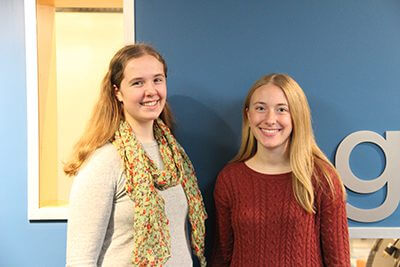 Each year, 1.6 million students take the PSAT in October of their junior year. Those with the highest PSAT Selection Index scores are recognized for their outstanding performance, including MPA seniors Alissa Krohn and Sarah Ley. Both were honored with recognition from the National Merit Scholarship Corporation. MPA is proud to have two students recognized for their “exceptional academic promise.”
Each year, 1.6 million students take the PSAT in October of their junior year. Those with the highest PSAT Selection Index scores are recognized for their outstanding performance, including MPA seniors Alissa Krohn and Sarah Ley. Both were honored with recognition from the National Merit Scholarship Corporation. MPA is proud to have two students recognized for their “exceptional academic promise.” by Dr. Bill Hudson, Head of School
by Dr. Bill Hudson, Head of School by Dr. Bill Hudson, Head of School
by Dr. Bill Hudson, Head of School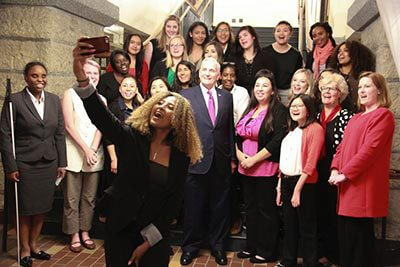 On September 9, MPA junior Ling DeBellis was appointed by Governor Mark Dayton and Lt. Governor Tina Smith to the Young Women’s Initiative Cabinet! The Young Women’s Initiative of MN aims to improve the lives of young women between the ages of 12 and 24 statewide.
On September 9, MPA junior Ling DeBellis was appointed by Governor Mark Dayton and Lt. Governor Tina Smith to the Young Women’s Initiative Cabinet! The Young Women’s Initiative of MN aims to improve the lives of young women between the ages of 12 and 24 statewide.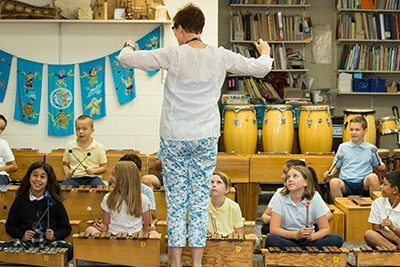 by Dr. Bill Hudson, Head of School
by Dr. Bill Hudson, Head of School One-dimensional teaching creates one-dimensional learners, and today’s world is too complex for linear thinking. From PreK through 12th grade, MPA students explore topics and ideas through multiple disciplines, examining problems and situations with insight from the sciences, math, arts, and humanities.
One-dimensional teaching creates one-dimensional learners, and today’s world is too complex for linear thinking. From PreK through 12th grade, MPA students explore topics and ideas through multiple disciplines, examining problems and situations with insight from the sciences, math, arts, and humanities.